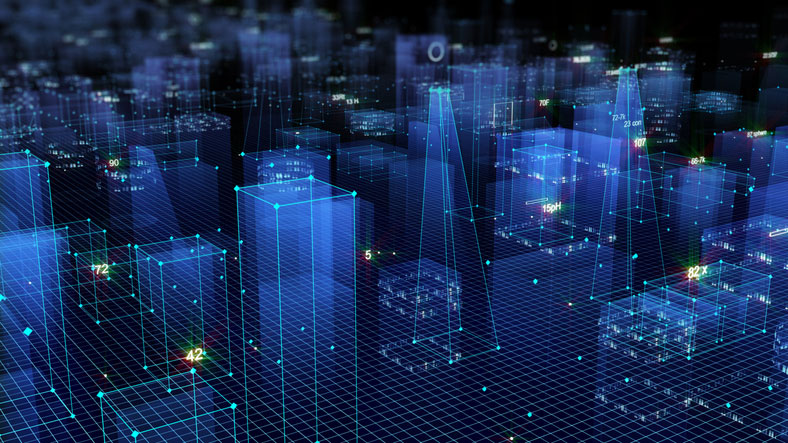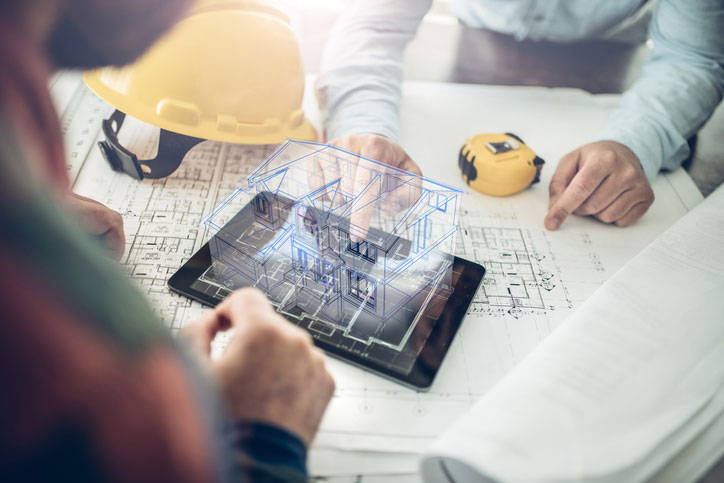Written by Scott Wilson

Although architecture doesn’t make the headlines when futurists are rattling off all the ways in which artificial intelligence will change the world, it’s a field where AI will definitely make a mark.
Architecture is a notably creative process. Great architects have vision and inspiration. They see possibilities that others do not.
Just as importantly, however, it’s a process that is rooted in mathematics and physics. Even the greatest dream of building forms cannot be made real if the materials and construction techniques don’t exist to support it.
There’s a big difference between AI architecture and building architecture… but one of those will have a big impact on the other!
Featured Programs:Sponsored School(s) Arizona State University - OnlineFeatured Program: Artificial Intelligence in Business, BS
Arizona State University - OnlineFeatured Program: Artificial Intelligence in Business, BS Campbellsville UniversityFeatured Program: MS in Data Science and Artificial Intelligence
Campbellsville UniversityFeatured Program: MS in Data Science and Artificial Intelligence George Mason UniversityFeatured Program: MSAIT - Machine Learning Engineering Concentration
George Mason UniversityFeatured Program: MSAIT - Machine Learning Engineering Concentration

This is a confluence of factors where AI has power. While computers have long been useful for architects because of their number-crunching ability, generative AI may also bring in the creativity that has been missing from that side of the process.
Introducing new AI tools into architecture will allow architects to dream up even more fantastic creations, and to visualize, plan, and bring them to life faster than ever before.
What Is Architecture?
Architecture brings together art and engineering to the process of creating man-made structures. Although most people immediately think of buildings when they think of architects, branches of the field like landscape architecture and naval architecture bring it to other mediums as well.
Architecture is the reaching out for the truth.
~ Louis Kahn, American architect and professor of architecture
Some of the most iconic creations of the human race are examples of architecture at work:
- The Parthenon
- The Pyramids of Giza
- The Taj Mahal
- The Empire State Building
- The Great Wall of China
Both great and humble, these instantly tell the story of the people who have lived and worked in built environments over the centuries.
Soon, though, our architecture may be an expression not only of human inspiration and vision, but of machines as well.
How Artificial Intelligence Will Revolutionize the Practice of Architects
At least at first, AI is likely to affect the process of architects mostly in the same ways that it will impact every kind of industry that relies on information and communication:
- AI will perform data analysis on existing plans and processes to help find efficiencies in the design and building phases
- AI will help manage the large amounts of plans and paperwork that go into most projects
- AI can help schedule and organize basic project management functions quickly and efficiently
- AI modeling can make more accurate simulations of building durability in events such as earthquakes and windstorms
Looking to the future, though, AI has a lot more to bring to professional architects.
Requirements
The analytical side of AI may be one of the first places that architects encounter these tools. Developing project requirements today can be tough and involve a lot of guesswork—what areas will people congregate in? Where will chokepoints develop? How will sight-lines impact utilization? AI can both quickly analyze comparable structures and spaces to pluck insights from vast amounts of sensor and visual data and simulate usage with realistically behaving agents that can reveal space requirements and pitfalls long before earth is moved.
Visualization and Conception
Architecture is inescapably a visual medium. Whatever is built has a form and a look to it, on top of the function of the structure. Generative AI visualization can allow architects to combine form and function in their initial ideas, describing the requirements and the appearance in plain English to an algorithm that can then generate many potential alternatives.

Materials Design and Selection
In particularly advanced architectural applications, the limitation isn’t the imagination: it’s the materials and techniques used to build the structures. But AI versed in chemical engineering and molecular structures is already exploring the physical possibilities of new kinds of materials that may have properties better suited to the most fantastic physical structures. Even with existing materials, AI may be able to quickly evaluate the physical requirements of a particular plan and recommend appropriate materials available today.
Planning and Layout
Good architecture is elegant; it creates designs that are at once pleasing to the eye but also effective in fulfilling their purpose. Frank Lloyd Wright’s Fallingwater is revered because it brought a house together harmoniously with the natural landscape, using innovative techniques like cantilevered balconies and integrating natural features into the building. Algorithms can be developed to marry such requirements as living space, square footage, storage, or public areas with tight constraints of space or in harmony with the site of the building. Experiments have already been made with AI that can generate floor plans and layouts.
Sustainability
Green architecture will become more and more important as the ravages of climate change descend on the planet. Artificial intelligence will be able to suggest more ecologically sound structures and building techniques, not to mention more durable and resilient construction for a changing planet.
Before architects can use all those capabilities, however, someone will have to build the tools that deliver them.
What Sort of Jobs in Architecture Will Be Filled by AI Professionals?
 Jobs for AI professionals in architecture will be on the back burner for a while. Researchers and scientists are still in demand working out the core functions and training for thinking machines. The first applications are popping up in computer science, writing, transportation, and engineering.
Jobs for AI professionals in architecture will be on the back burner for a while. Researchers and scientists are still in demand working out the core functions and training for thinking machines. The first applications are popping up in computer science, writing, transportation, and engineering.
It’s the engineering area that is most likely to start leaking over into architecture. Architects are most likely to find themselves dealing with AI engineers who are working on construction and other physical engineering applications.
Those engineers will work in materials sciences, finding new construction materials or establishing finer tolerances for existing products to allow new uses. They will help craft the software tools that architects will use, as AI engineers deliver practical AI-assisted design and planning systems.
Exploring the Best Degrees for AI in Architecture
 Architecture is not at the top of the list for researchers and universities pushing the boundaries in artificial intelligence today. Anyone looking to get a start toward AI work in architecture isn’t going to find specialized degree programs, or even specific concentrations, in architecture in any kind of AI degree program any time soon.
Architecture is not at the top of the list for researchers and universities pushing the boundaries in artificial intelligence today. Anyone looking to get a start toward AI work in architecture isn’t going to find specialized degree programs, or even specific concentrations, in architecture in any kind of AI degree program any time soon.
On the other side of the table, architectural degrees are starting to offer courses that explore the uses of AI within the field. But this is still far from being a specialty educational option.
Where you will find a strong confluence of artificial intelligence education and an understanding of the needs of the architecture world are in engineering degrees in AI.
A Master of Science in Engineering with a focus in AI and Data Science or a Master of Engineering in Artificial Intelligence are programs that take the latest developments in AI and machine learning and come at them from an engineering perspective.
Together with the usual coursework in intelligent systems design and deep learning algorithms, these have classes that cross over into areas like:
- Systems engineering analysis
- Engineering data management
- Engineered supply chain cost modeling
- Occupational safety and health
Even the AI coursework is angled toward engineering applications, such as machine learning techniques for engineers.
Engineering-based AI degrees deliver a strong set of knowledge that has applications in architecture as well as AI engineering.
For professionals who already hold a relevant degree that has come with the right math, programming, and statistical training to serve as a foundation, there are also Graduate Certificate in Artificial Intelligence programs offered by engineering schools that cover the same ground. While they aren’t as comprehensive as a degree, they can be completed in less than a year and at far lower cost. They hit the highlights, counting on prior experience in the field and basic skills to allow students to make the transition quickly to AI development.
Although professional certifications are common in the world of AI, there aren’t yet any that have a particular focus on architectural needs. These certs are aimed less at knowledge and more at proving qualifications in the field. Still, one of the existing AI certification paths may make sense for some AI engineers exploring architecture, depending on the tools they are using.
As they build the spaces that humanity will occupy in the future, architects will have a big hand from machines.











